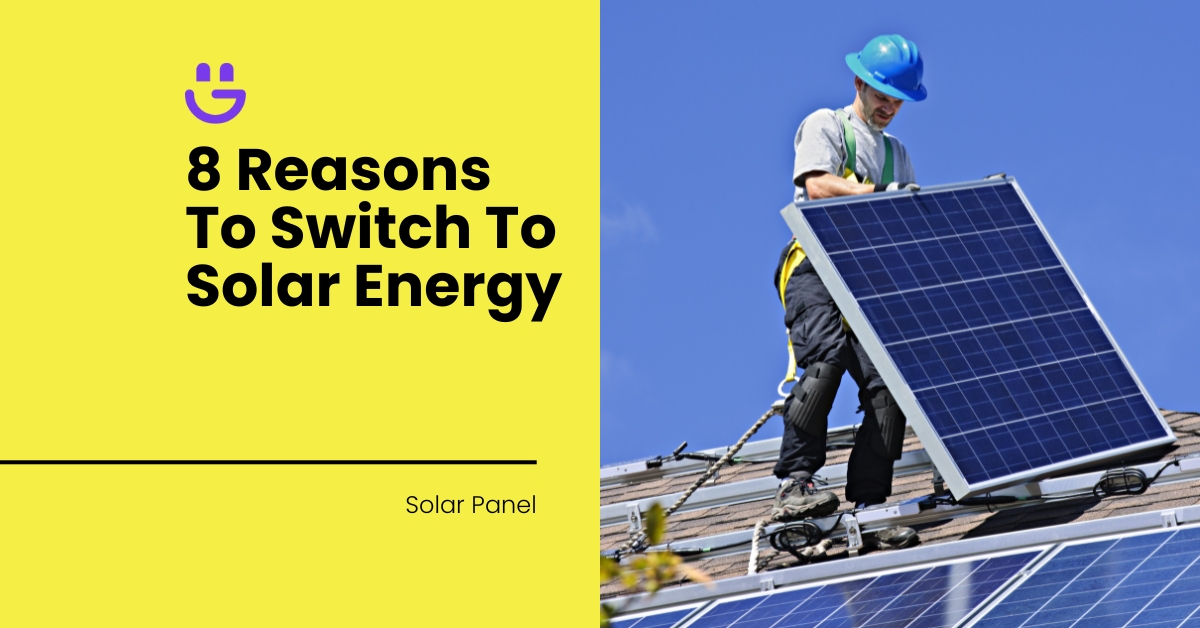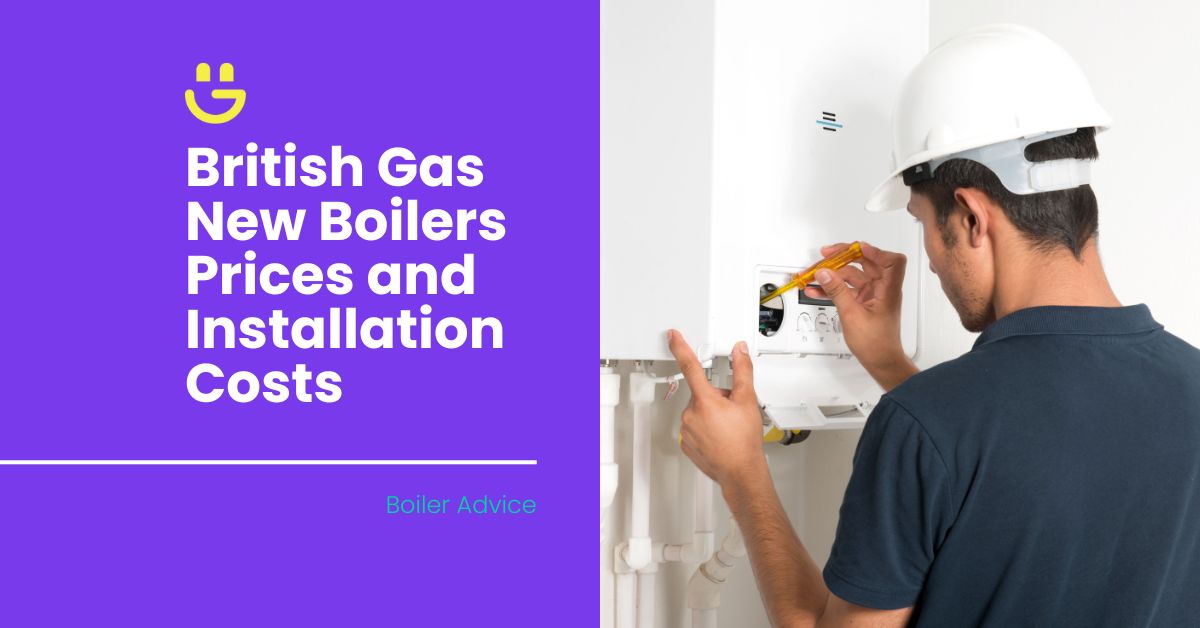Last Updated on November 14, 2025
Low-E Glass vs Double Glazing: Pros, Cons, & Costs
When it comes to improving your home’s energy efficiency, insulation, and overall comfort, choosing the right type of glazing for your windows is crucial. Two popular options are Low-E glass and double glazing.
This comprehensive guide will explore the key differences, advantages, and costs associated with Low-E glass and double glazing to help you make the best choice for your home or commercial property.
Contents
- 1 Low-E Glass vs Double Glazing: Pros, Cons, & Costs
What Is Low-E Glass?
Low-E glass, or Low-Emissivity glass, is a type of glass that has been treated with a thin, invisible coating that reflects infrared light, thereby reducing the amount of heat that passes through it.
This coating allows natural sunlight to enter your home while preventing the loss of internal heat. Low-E glass can significantly improve the energy efficiency of your windows.
Key Features of Low-E Glass:
Pros and Cons Of Low-E Glass
| Pros |
| Cons |
What Is Double Glazing?
Double glazing consists of two layers of glass with a gap between them, typically filled with an insulating gas like argon or krypton. This design helps improve insulation by reducing heat transfer, making your home more energy-efficient and reducing external noise.
Key Features of Double Glazing:
Pros and Cons of Double Glazing:
| Pros |
| Cons |
Low-E Glass vs Double Glazing – Key Differences
1. Insulation
When comparing Low-E glass to double glazing, insulation is one of the most important factors. Low-E glass provides excellent thermal performance due to its reflective coating, which prevents heat from escaping your home.
Double glazing, on the other hand, offers insulation through the air gap between the two panes, which can be further enhanced with an inert gas.
2. Security
Both Low-E glass and double glazing provide a level of security, but double glazing is often the superior choice due to the two panes of glass. This can make it more difficult for intruders to break through.
3. Draughts and Ventilation
Both Low-E glass and double glazing help reduce draughts by providing a more sealed window. However, if ventilation is a concern, neither option offers built-in ventilation. You may need to consider additional features like trickle vents to maintain airflow.
4. Light Transmission
Low-E glass typically allows for more light transmission due to its thin coating. The coating reflects infrared light but allows visible light to pass through. Double glazing, depending on the type of glass used, may slightly reduce the amount of natural light that enters your home.
5. Maintenance
Both Low-E glass and double glazing are relatively easy to maintain. However, Low-E glass may require a bit more attention to ensure that the coating is not damaged, as this can impact its performance.
Cost Comparison: Low-E Glass vs Double Glazing
In general, the cost of new windows can vary significantly depending on factors like glazing type, size, and installation. To get a clearer idea of pricing, check out our comprehensive window installation cost guide, which breaks down expenses for different window types and materials.
When it comes to cost, both Low-E glass and double glazing have a range of options depending on the quality and brand. Below is a basic pricing guide:
| Feature | Low-E Glass | Double Glazing |
|---|---|---|
| Installation Cost | £300 – £500 per window | £150 – £400 per window |
| Material Cost | £100 – £300 per window | £100 – £250 per window |
| Energy Savings (per year) | £50 – £100 | £30 – £70 |
| Maintenance Cost | Low, but sensitive to cleaning | Low, regular seal checks needed |
| Lifespan | 20-25 years | 20-30 years |
Note: These prices are estimates and can vary based on factors such as the size of the windows, the type of glazing, and your location. Check out our double glazing cost guide for in-depth insights.
Compare Your Glazing Options: Find the Best Fit for Your Needs
Choosing the right glazing solution depends on various factors, including insulation, noise reduction, and cost. If you’re considering alternatives to Low-E glass or double glazing, these comparisons can help you make an informed decision:
Time to Upgrade Your Windows?
Old, inefficient windows can lead to higher energy bills, uncomfortable drafts, and reduced home security. Replacing them not only enhances the look of your home but also improves insulation, noise reduction, and overall property value.
Need expert guidance? Our team is here to help you choose the perfect windows for your home and budget. Get a free window replacement quote today and start enjoying a warmer, more energy-efficient home!
Conclusion: Which Is Right for You?
Choosing between Low-E glass and double glazing depends on your specific needs. If you’re looking for the best energy efficiency and UV protection, Low-E glass may be the better choice. However, if you want a more affordable option that still provides great insulation and soundproofing, double glazing is a strong contender.





Tom Allen
Solar Expert